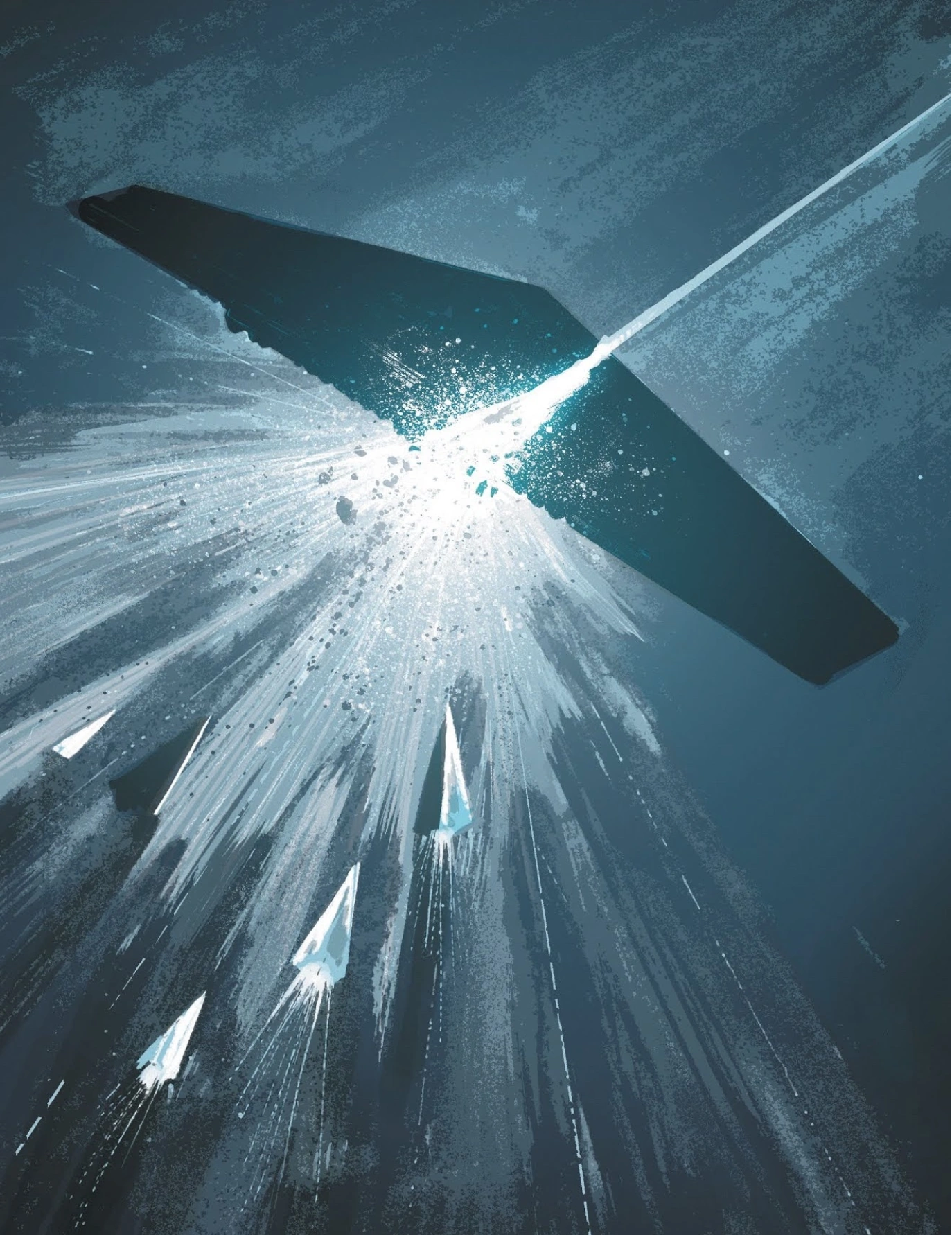The lightspeed ram in The Last Jedi is incredible but it does break the world.
It is such a devastating attack that it's sorta crazy nobody in-universe has tried it before, especially given the existence of autonomous robots that can operate ships. The film provides no counter to this attack. It's not unreasonable to wonder what kind of impact this style of attack could have had on the Death Star.

The Last Jedi doesn't provide any explanation for why this has never been tried before. The Rise of Skywalker attempts to explain it, stating that the "Holdo Maneuver" was "one in a million". That explanation feels unsatisfactory to me, because it mean that Holdo either:
- was extremely lucky and noticed that the conditions were just right for it to work so went for it
- was risking everything when the attack was extremely unlikely to work
Neither of those explanations seem to line up with the way it is portrayed in The Last Jedi. The idea that the Holdo Maneuver is extremely rare doesn't seem to make sense even within the context of The Rise of Skywalker, given that:
- another Holdo Maneuver is shown at the end of the movie above the moon of Endor
- the battle on Exegol seems like the perfect set up for a Holdo Maneuver, with thousands of Final Order capital ships, extremely close together
The Last Jedi itself is excruciatingly close to a sensible explanation that works in-universe: you can only lightspeed ram a ship that is attempting to track you through hyperspace.
The more I think about this the more sense it makes.
This places an interesting limit both mechanics introduced in The Last Jedi. By tracking a ship through hyperspace, you are opening yourself up to a potentially devastating attack, but an attack that likely will cost the enemy heavily too. If your enemy suspects that you're going to ram them, they can turn off their hyperspace tracking equipment, which protects them but may allow you an opportunity to escape.
It also creates a logical reason why a droid-piloted lightspeed ram wouldn't have worked in The Last Jedi, since it is well established that ships can be scanned for the presence of lifeforms. Your enemy could detect that your ship has no lifeforms aboard, surmise you are planning on ramming them, giving them the opportunity to counter.
The psuedoscience of how this works could be easily explained, even within limited explanation that hyperspace has in Star Wars.
A Resistance engineer (perhaps named Rose) hurriedly pushes past officers on the bridge, panting as she reaches Admiral Holdo. A sergeant begins to berate her for forcing her way onto the bridge, but he is put at ease by the Admiral. Holdo asks the engineer what's so important it warrants the commotion.
"If they're tracking us through hyperspace, their ship must be in normal space and hyperspace at the same time" says the engineer as she catches her breath.
Holdo's expression drops. She pauses, eyes calculating. What the engineer is intimating has never been done before. The rooms is silent.
Holdo snaps back to reality, ordering the bridge be cleared and the ship evacuated.
This cleanly explains why this has never been done before, it wasn't possible until hyperspace tracking was developed. This battle will have implications for all future battles, where any ship capable of hyperspace tracking introduces the possibility mutually assured destruction
Alas, what could have been.